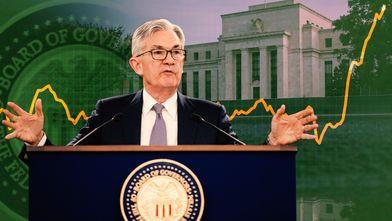FED: Known in financial circles as the Fed (and not to be confused with the feds), this government body, our central bank, wields enormous control over the nation’s purse strings. In fact, it’s said that the Fed’s chairman is the second most powerful man in Washington. He and his six colleagues, or governors of the Federal Reserve Board, direct the country’s monetary policy. Simply put, they can alter the amount of money (see “Money Supply”) and the cost of money (see “Interest Rates”), and thereby make or break the economy.
22
150 reads
CURATED FROM
IDEAS CURATED BY
These are some insights regarding economics extracted from this book. Further more about other topics is yet to come.
“
The idea is part of this collection:
Learn more about books with this collection
How to write clearly and concisely
How to use proper grammar and punctuation
How to structure a business document
Related collections
Read & Learn
20x Faster
without
deepstash
with
deepstash
with
deepstash
Personalized microlearning
—
100+ Learning Journeys
—
Access to 200,000+ ideas
—
Access to the mobile app
—
Unlimited idea saving
—
—
Unlimited history
—
—
Unlimited listening to ideas
—
—
Downloading & offline access
—
—
Supercharge your mind with one idea per day
Enter your email and spend 1 minute every day to learn something new.
I agree to receive email updates
